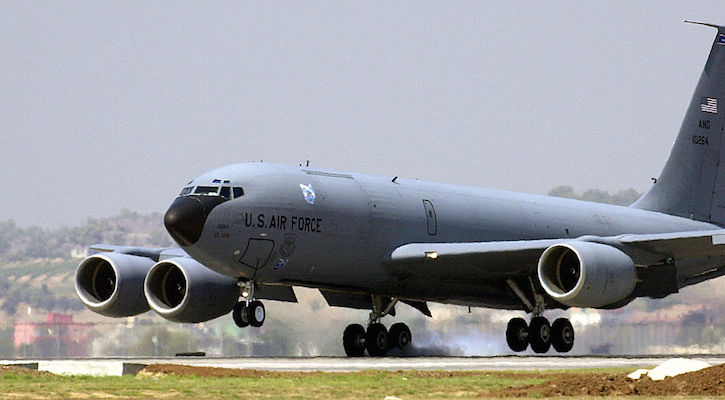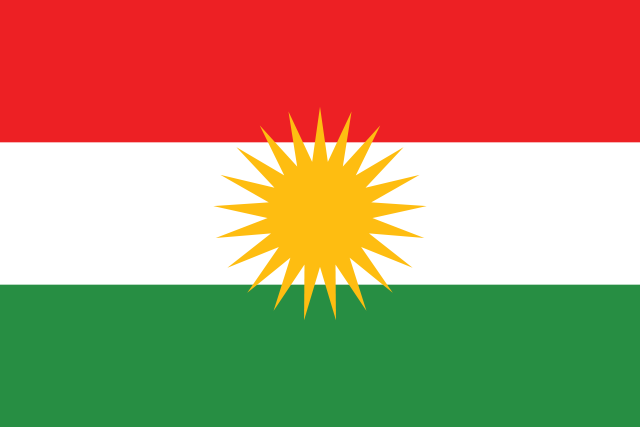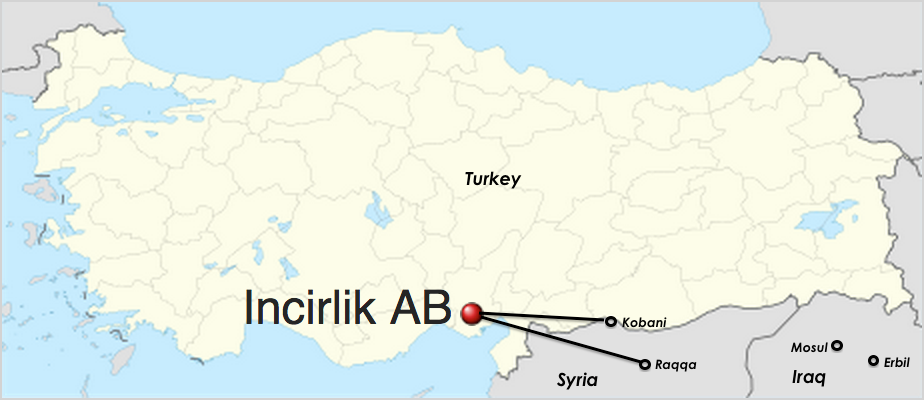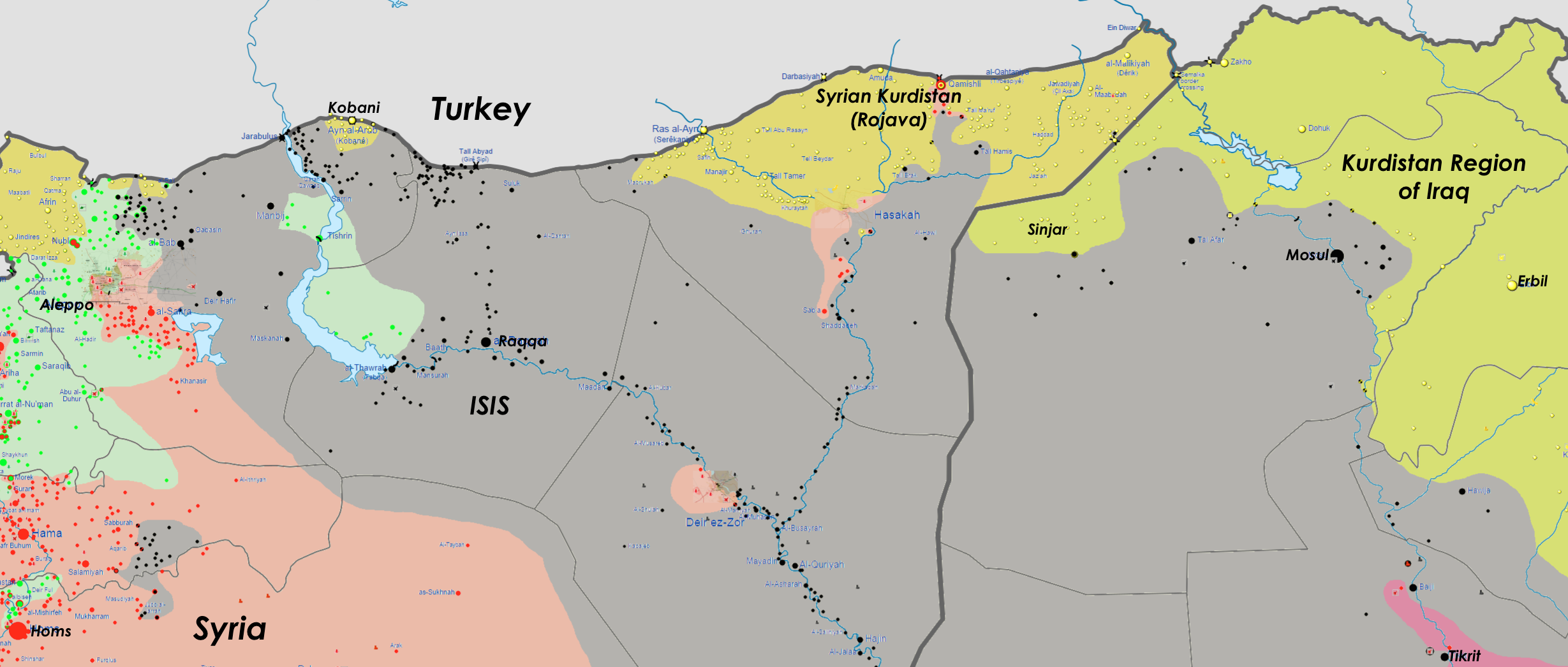The essay below was co-authored with Stephan Richter, Editor-in-Chief of The Globalist, where it originally appeared.

A U.S. Air Force Boeing KC-135R Stratotanker from the Ohio Air National Guard at Incirlik, Turkey, August 2003. (U.S. Air Force photo by Tech. Sgt. Vince Parker.)
To recruit Turkey against ISIS, the United States lost sight of its true friends.
U.S. policy on Iraq, Syria and the surrounding countries seems to have been left solely in the hands of amateurs in the White House. That is not a partisan statement, for it applies to both the current and previous occupants. The next occupant, regardless of party, seems likely to muck it up as well.
The latest foolhardy decision seems to have been a deal long sought by the United States to move the “strategy” against ISIS forward. It is worth recalling that the terrorist organization is de facto an American creation resulting from the completely ill advised Iraq policy under George W. Bush.
In the blinding desire to destroy ISIS, Mr. Obama and his team were so keen on getting rights to use Turkish air bases that they completely forgot about the dark side of Mr. Erdogan.
Erdogan’s other agendas
No sooner had the agreement on bases been reached than Turkey’s own aircraft began pounding Kurdish militant targets in northern Syria and Iraq.
The government, which still lacks a governing mandate after no party won a majority in the recent elections, has officially put the anti-ISIS PKK fighters on the same threat level as ISIS. In reality, Kurdish fighters appear to be a much bigger target of the Turkish Air Force than the ISIS fighters.
The point of all this maneuvering is that Erdogan hopes to leverage wartime fervor into a favorable nationalist coalition or a new election with a better outcome for himself.
As if the U.S. collusion in that domestic, entirely partisan strategy would not be shameful enough, the United States is also pledging to help Erdogan on another matter. He has long sought to clear an ISIS-held area of Syria that is coveted by both Kurdish nationalists and (pro-Erdogan) Ottoman irredentists in Turkey. The latter, it seems, still have yet to accept the country’s 1920s borders.
Hard though it may be to believe, the facts on the ground are as follows: The U.S. military is now helping Turkey’s hardliners achieve their goals against the very Kurdish fighters whose close coordination with U.S. bombers have pushed ISIS back from Kobani and disrupted its supply lines. All the while, Turkey sat on its hands and refused to halt lucrative ISIS smuggling.
Marginalizing the Kurds
In effect, the Americans managed to sell out the Kurds, perhaps Syria’s only remaining true “freedom fighters,” as they proved to be in the defense of Kobani. Read more







